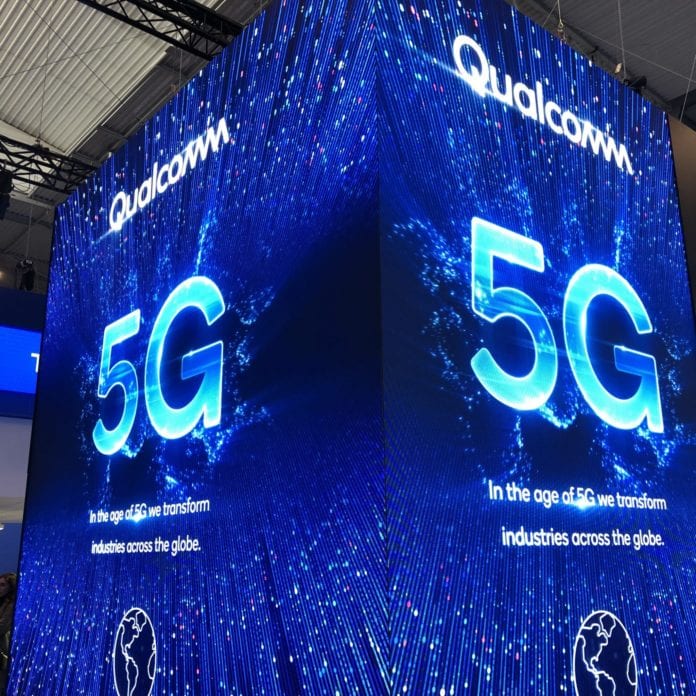RF front-end business sees significant year-over-year gains with global mmWave investments creating growth tailwinds
Reporting its fourth quarter and fiscal year 2020 results on Wednesday, Qualcomm Incorporated CEO Steve Mollenkopf reflected on an “extraordinary year” both in terms of transitioning the company’s 40,000-plus workforce to limit the need for on-site employees in response to the COVID-19 panic, as well as working with global partners to scale out 5G network availability and consumer adoption.
Qualcomm’s non-GAAP revenues hit $6.5 billion in Q4, up 35% compared to the same quarter last year; net income in the quarter was up 76% year-over-year to $1.67 billion. For full-year 2020, the San Diego-based company reported non-GAAP net income of $4.8 billion, up 11% from 2019.
“The early stages of the 5G ramp are well underway with our strategy playing out largely as expected,” Mollenkopf said, noting that year-over-year growth figures exceeded the high end of earlier guidance. “This strong result demonstrates the breadth of our customer traction,” he said.
Of note is the strong growth in Qualcomm’s RF front-end business, which comprises the mobile components that allow radio signals to be wirelessly transmitted and received: filters, extractors, multiplexers, envelope trackers, aperture and impedance tuners, diversity switches and modules, and so forth.
Mollenkopf called developed of RF front-end solutions a “unique transition opportunity…I am particularly proud of how the team has executed against the opportunity creating a leadership position in a short period of time.” That line of business delivered $2.4 billion in revenue, up 60% year-over-year.
For more on Qualcomm’s RF front-end business, listen to this podcast with Christian Block, SVP and GM of RFFE for Qualcomm Germany RFFE GmbH.
Further on RFFE, Qualcomm Technologies Inc., President Cristiano Amon, in response to a question, said the company is excited about “how road and diverse our RF front-end business is,” noting that revenue is coming from both sub-6 GHz and millimeter wave devices and, specific to millimeter wave, there are “significant data points that continue to show the potential for growth. We have now 130 global operators investing in millimeter wave. That opportunity for attach is going to be a significant tailwind for our business.”
Mollenkopf also called out ongoing investments in next-generation wireless infrastructure and edge computing that will help network equipment providers develop technological differentiation against the backdrop of changing dynamics in the way networks are sold, built and operated. “Wireless networks are transforming and becoming virtualized…infrastructure is intersecting with digital services.”
He said the company’s 5G RAN Platform, which is evolving to include chip-level support for centralized and distributed radio units in step with the move toward virtualized, open networking gear, will be “foundational” as the “cellular ecosystem transitions towards virtualized and interoperable radio access networks. We are helping drive the vRAN transition.” Commercial products in that space are expected in calendar year 2023.
Click here for a full look at Qualcomm’s latest earnings materials.

